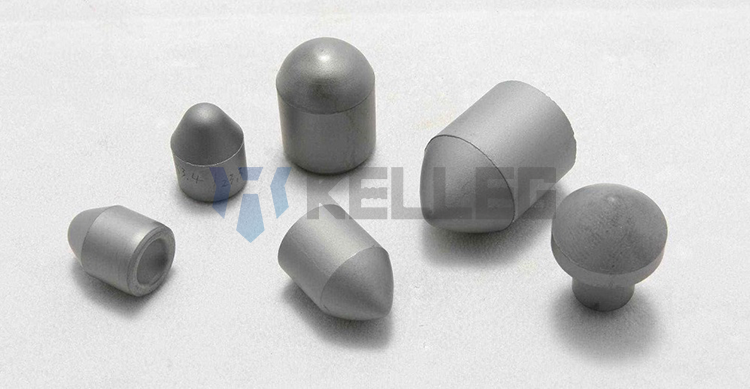2020 官网升级中!现在您访问官网的浏览器设备分辨率宽度低于1280px请使用高分辨率宽度访问。
Cemented carbide is an alloy material made by the powder metallurgy process, which is composed of a hard compound of refractory metal (tungsten carbide) and bonding metal (cobalt). It has been used in mining tools and other fields, such as rock drill bits, cutting picks, etc. The service life of rock drilling tools is inseparable from the quality of themselves, naturally, it is inseparable from the quality testing, how is the testing of cemented carbide carried out?

The product standards of cemented carbide chips and buttons for rock drilling are the basis of quality inspection tools for cemented carbide products. It determines the testing items and methods and stipulates the technical requirements and judgment principles that cemented carbide products should meet. The quality inspection of cemented carbide products for rock drilling is based on cemented carbide standards, standards related to the product, and other guiding documents.
The entry inspection standards and basis of carbide buttons for rock drilling can be referred to the order agreement according to the supply and demand side. For button bit hemispherical buttons and conical buttons, please refer to the relevant standard regulations.
Cemented carbide products factory test items
1. Density determination
2. Microstructure examination
3. Flexural strength
4. Hardness test
5. Coercive magnetic force measurement
Cemented carbide incoming re-inspection items
1. Physical and mechanical properties, including carbide grade, HRA, flexural strength, density, coercivity magnetism, etc.
2. Metallographic organization, including porosity, non-graphitic porosity, fouling, delamination, cracking, WC grain size, WC coarse grain or coarse grain aggregation, etc.
3. Geometric and parameters
Cemented carbide acceptance planning and test methods
1. Each batch of products should be tested by the technical inspection department of the supplier to ensure that the products meet the requirements of the relevant standards or the agreement between the supplier and the demander.
2. The demand side can review the products separately according to the relevant standards and agreements.
3. Flexural strength shall be carried out by relevant standards and may not be used as acceptance criteria.
4. Density determination is carried out according to relevant standards.
5. Rockwell hardness test according to relevant standards.
6. Metallographic high-magnification tissue detection shall be carried out by relevant standards.
7. The determination of the low-power structure, porosity, and non-combined carbon of the cross-section shall be carried out by the relevant standards. Cracks, delamination, dirt, and other detection with a low-power microscope.
8. The sampling quantity should comply with the sampling rules.
9. Testing or review of the metallographic organization and physical and mechanical properties of the project. If one of the results does not meet the standard requirements, then double the number of samples retested by the sampling rules. If still not qualified, the batch of products is rejected. Cross-sectional and dimensional items can be sampled and tested box by box.
10. The demand-side review results do not meet the requirements and should be on the date of receipt of the product, within three months to the supplier, the supplier to negotiate a solution.